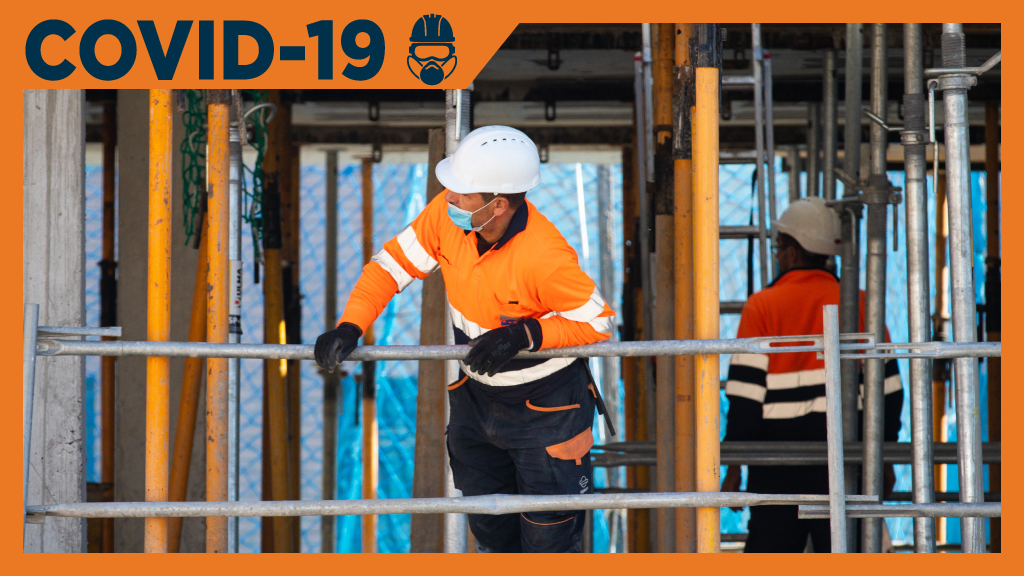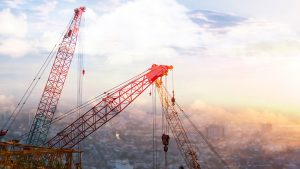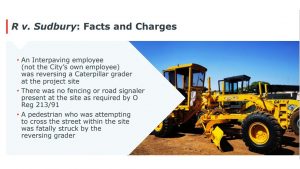Tenants and residents of commercial and residential buildings are expected to be anxious about their well-being once they begin venturing into the world again.
There are so many common surfaces being touched, so much recirculated air being breathed in.
The close personal proximity of urban “vertical villages” means the risk of cross-contamination is high. Today, the issue is COVID-19, transmitted largely through physical contact; tomorrow’s infection might be airborne.
This is why there is increasing talk about WELL certifications for buildings, an initiative that has developed alongside LEED certification over the past decade.
The International WELL Building Institute (IWBI), established in 2014, describes itself as “leading the global movement to transform our buildings, communities and organizations in ways that help people thrive.”
While previously focused on improving health and wellness in buildings, communities and everything in them through certifications and ratings, the organization now sees itself as being in the right place at the right time to address concerns over spread of viruses in the future.
To that end, the IWBI formed a COVID-19 task force in March, “to define the critical role buildings, organizations and communities play in prevention and preparedness, resilience and recovery.”
“This timely effort will mine the scientific literature to identify enhanced opportunities for the built environment to improve population health,” says Dr. Jonathan Fielding, one of three task force co-chairs.
“The aim of the task force is twofold,” says IWBI president Rachel Gutter. “First, to identify and develop a set of signature deliverables and resources, including guidelines for individuals, organizations and communities to help them better integrate actionable insights and proven strategies into how they manage both their buildings and their organizations. Second, the task force will assess ways in which the WELL Building Standard itself can be further strengthened so the system, which touches more than a half-billion square feet of space across 58 countries, can best continue to support prevention and preparedness, resiliency and recovery in this critical moment and into the future.”
Some of the recommendations under consideration by the WELL task force go beyond air quality and ventilation issues to include scheduled building cleaning and sanitation routines and handwashing/drying protocols for washrooms.
The idea is to provide checklists to help building owners undertake predetermined precautions that might, in fact, turn into government guidelines in the future.
The IWBI is not alone in pursuing ways to reduce future virus pathways.
Researchers for the Centers for Disease Control and Prevention (CDC) in the U.S. are examining how materials and objects in common spaces can host transmittable diseases and facilitate the airborne transmission of viruses.
In a recently released academic paper, the CDC researchers use information learned from the SARS-CoV-2 coronavirus behind COVID-19 “to provide actionable and achievable guidance to built-environment decision-makers, building operators and all indoor occupants attempting to minimize infectious disease transmission through environmentally mediated pathways.”
They believe, “This information will be useful to corporate and public administrators and individuals responsible for building operations and environmental services in their decision-making process about whether to implement social-distancing measures.”
The CDC researchers link high density environments and their confined common social spaces with the active spread of viruses such as COVID-19 and therefore highlight the importance of proper HVAC ventilation practices as well as improved lighting and common space layouts.
Both current and future building owners need to recognize that occupants will begin to place increased importance on the safety of the environments in which they work and live and will be looking for affirmation. This might require, for example, supervision and compliance protocols to monitor retailers and food vendors in multi-purpose developments.
The good news is that any required owner-led initiatives can be turned into positives. Communicating those efforts through simple means such as signage can result in branding advantages for owners while simultaneously providing the required health and safety assurances for both tenants and transient users.











Recent Comments
comments for this post are closed